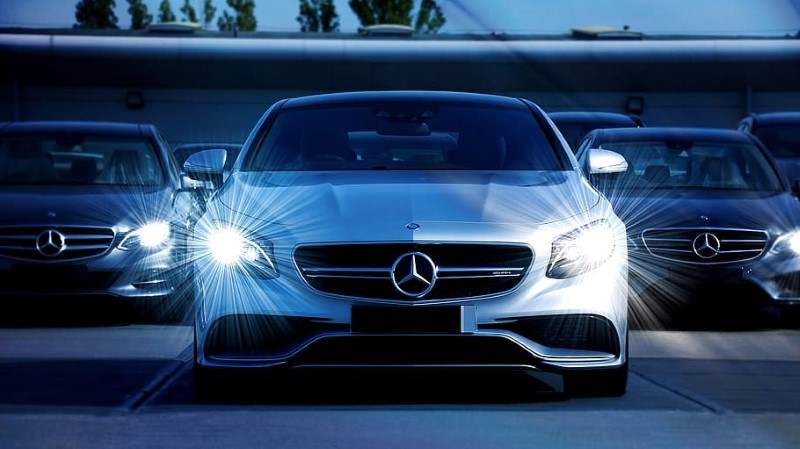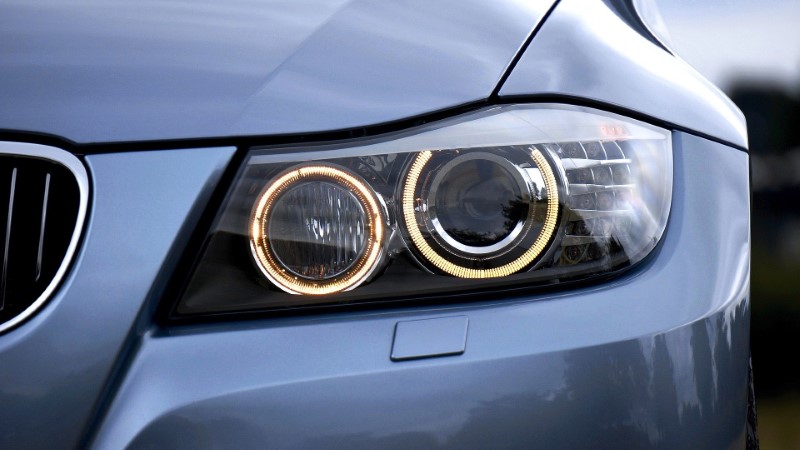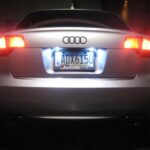Hyper-efficient car lighting
When it comes to being behind the wheel, although we may like speed and automotive design, the first thing we look at is always one and only one: safety. And not just in terms of the latest accessories and cutting-edge options, keeping up with the times and technologies. We are talking about the basic features of the car, including a good braking system but above all an excellent lighting system.

It’s hard to find a dealer who spends more than a few words on the subject, but a good view, especially at night, is the first guarantee for our safety. So where to go from here? Do we prefer led car bulbs or the old and dear halogen headlights? Let’s take a look at what they both deal with.
Table of Contents
LED car bulbs vs. Halogen headlights: what’s the difference?
LED headlights are all the rage in the automotive industry these days and are now available on many low-priced vehicles, although we usually find them on higher trim levels and often as optional equipment. This is one of the main reasons why we tend to think that LED car bulbs are a plus and not something very useful and necessary.
LEDs are chosen by car manufacturers and consumers alike for several reasons: they are brighter than halogen headlights and often project a much wider cone, and they also consume less energy, last longer, and have a much whiter color than halogens, which are usually yellowish. Needless then to point out the fact that many people think they look good because let’s face it: it’s true and not debatable.

Halogen headlights were the standard for the automotive industry for years because they were cheap to produce and easy to replace, but now, even in these two areas, LEDs are surpassing them.
So how do they differ? Mainly in technology. Halogens are incandescent lights that have a tungsten filament inside a bulb. When electric current passes through the filament, it heats up and generates light. They differ from regular incandescent bulbs in that they have a minimal dose of halogen gas instead of argon gas. Halogen bulbs are brighter than regular incandescent bulbs (the ones for use in the home to be clear) and tend to last longer.
With LEDs, the electric current passes through a semiconductor (or diode) to produce a brighter light that generates less heat. LEDs work about 90% more efficiently than incandescent bulbs, and because they generate less heat, it helps them last much longer than other types of lights. LEDs generally don’t burn out like incandescent bulbs, although they do dim over time. Because LEDs are smaller than bulb lights, they allow for more design freedom with headlights and other vehicle lights. The downside is that they are more expensive than halogens or high-intensity discharge headlights, which typically use xenon gas.
But do LED car bulbs improve headlights?
The answer is : most of the time yes, but not always.
Regardless of whether the light comes from a halogen or high-intensity discharge bulb or an LED, the design of the headlight assembly and reflectors, the parts that light the road, also affect the performance and orientation of the headlights.
Good road safety practice evaluates headlights based on the distance they can illuminate the road as a vehicle travels, whether straight ahead or around corners. LEDs generally perform better in tests, but some halogen headlights have been rated higher than some LEDs. Some halogens were rated as acceptable (second highest) and some LED headlights as marginal (second lowest) and even poor. However, only LEDs got such good ratings that more people opted for this type of lighting system.
LED bulbs for cars are increasingly in vogue for the reasons listed above and are definitely the best choice if you are buying a new vehicle rather than replacing the lighting system.










